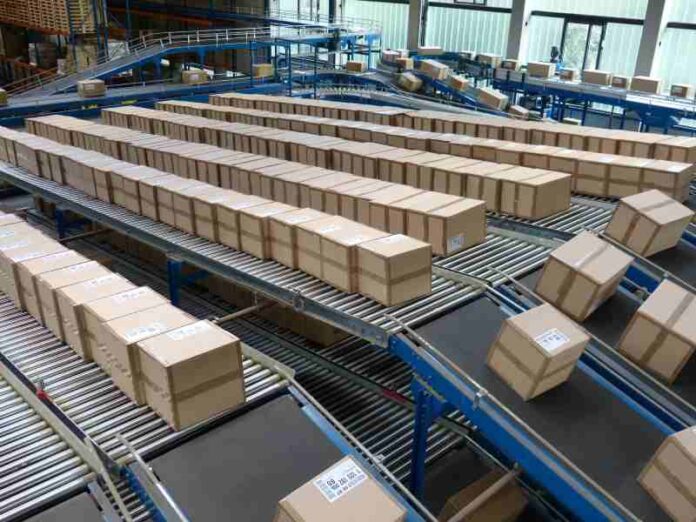
The human race has a proud history of invention. Finding ways to do things easier, faster, and more controlled has completely changed the way we live over the years.
Roller bearings for tracks are one such development. Without track rollers, machinery would not function in a wide variety of applications. They are most frequently encountered in cam drives and conveyor belt systems.
Read on to learn everything you need to know about track rollers.
What Are Track Rollers?
A track roller is a motion transmission part that functions with various tracks.
Conveyor systems, cam rollers and drives, and many other similar material handling systems employ them. Regardless of the material or equipment, these components are necessary for track and rail operations. Additionally, they simplify system operations, enabling increased speed and effectiveness.
There are two types of track rollers: those with cylindrical outer ring running surfaces and those without. The outer ring running surface is regarded as the gold standard.
Some of the latest developments allow for lubrication free guide rollers that don’t need to be lubricated as part of the maintenance cycle.
Where Do Track Rollers Get Used?
Track rollers are used in various applications, including robotic welders, conveying systems for assembly, automated storage, and retrieval systems.
Industries that frequently use track rollers include:
- Cement plants
- Architectural works
- Vehicle assembly plants
- Metal processing
- Ship Building
- Mining and industrial works
- Food and beverage production
- Wood product production
There are even places where you might not imagine finding track rollers, like in the aviation and entertainment industries too!
How Do Rollers Fail?
A roller’s unequal load could lead to premature failure—for instance, using rollers with different degrees of wear.
Additionally, rollers deteriorate when traveling at faster speeds for a more extended period of time. Then, there are leaks from which oil seeps, causing improperly lubricated bearings. The bearings inside the track rollers lock and can’t revolve around their axes.
As a result, they incur substantial damage.
Track rollers with leaky or clogged bearings require immediate changing to prevent damage to other track components. This is because non-rotating rollers hasten the rapid wear of the track chains.
It’s really important to note that track rollers can be clogged up and damaged by over greasing so be sure to steer clear of this when maintaining your track rollers.
Benefits of Track Rollers
Track rollers are used for various applications and across many industries. Some reasons track rollers get used all over the world include:
- The smooth running of machinery
- Quiet while running
- Speeds up production
- Economical
- Robust
Track Rollers Make the World Go Around
The invention of track rollers has changed the face of machinery worldwide. With their use in many industries, roller bearings ensure the machinery we rely on daily keeps turning.
Are you looking for more mechanically-inclined advice? Then, head to our homepage to browse our other blogs!

